November 12, 2025
During the first year of the COST Action SIGMA-1EUROPE, a total of nine STSMs were successfully completed across participating institutions. These exchanges fostered collaboration, technical skill sharing, and scientific progress in the study of the Sigma-1 receptor and its role in cellular function, neuroprotection, and imaging. The missions covered a broad range of experimental and methodological goals, including:
1. Hands-on training in Sigma-1 receptor functional assays, focusing on binding immunoglobulin protein (BiP) dissociation and amyloid beta (Aβ25–35) cytotoxicity assays, enabling participants to master key in vitro and in vivo techniques for Sigma-1 receptor research.

Dr. Kinga Sałaciak and Assistant Prof. Klaudia Lustyk from Jagiellonian University, Kraków, Poland received hands-on training in BiP dissociation and Aβ25–35 cytotoxicity assays under the guidance of Dr. Lucie Crouzier and Dr. Johann Meunier (team of Dr. Tangui Maurice, University of Montpellier, Montpellier, France). Photos: Dr. Kinga Sałaciak.
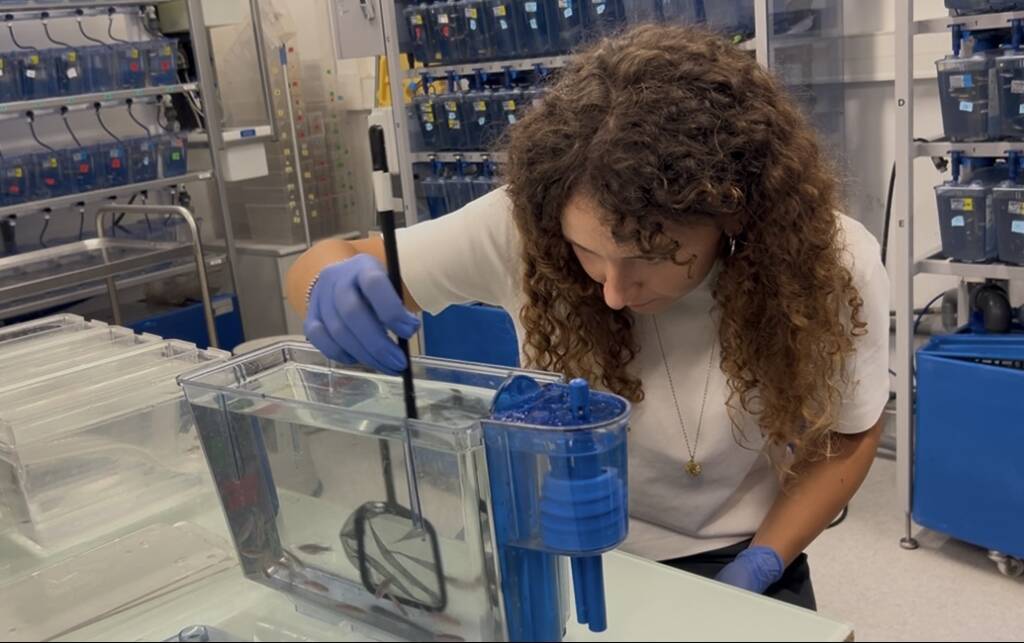
Anselma Liturri (University of Bari Aldo Moro, Bari, Italy), in addition to the BiP assay, was introduced to in vivo experimentation and gained hands-on experience with the Visual Motor Response assay using zebrafish larvae under the expert guidance of Dr. Tangui Maurice and his team, particularly Dr. Johann Meunier and Veronique Arnal (University of Montpellier, Montpellier, France). Photo: Anselma Liturri.
2. Guided development of Sigma-1 receptor–downregulated cell lines, providing essential tools for studying receptor functionality and downstream signalling mechanisms.
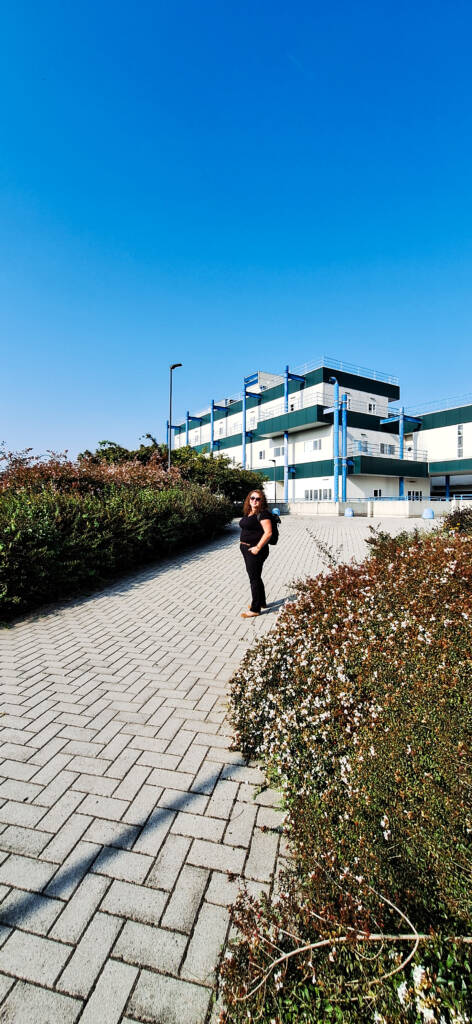
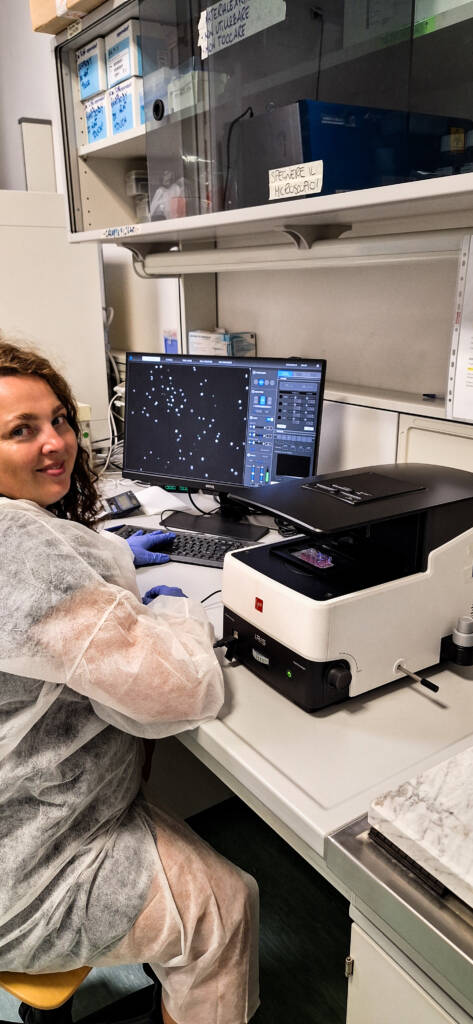

During the STSM, a stable HEK293 cell line with Sigma-1 receptor knockdown was generated using lentiviral shRNA technology by Assistant Prof. Dr. Monika Głuch-Lutwin (Jagiellonian University, Kraków, Poland) in University of Pavia (Pavia, Italy) under the guidance of Assistant Prof. Dr. Marco Peviani and his team. The work established a new cellular model for studying Sigma-1 receptor-related mechanisms and strengthened methodological expertise in molecular and cellular biology, contributing to the capacity-building goals of the SIGMA-1EUROPE COST Action. Photos: Assistant Prof. Dr. Monika Głuch-Lutwin.
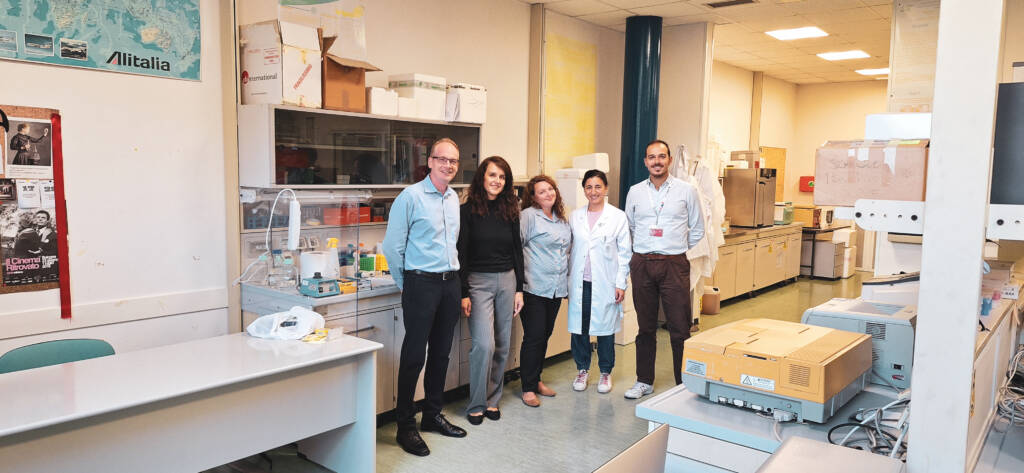
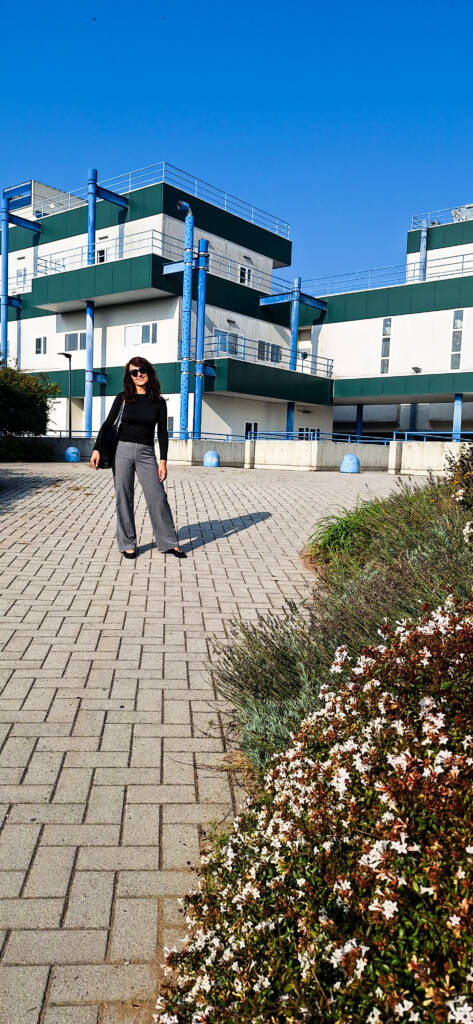

A stable PC12 cell line with reduced Sigma-1 receptor expression was successfully established and validated by Assistant Prof. Dr. Barbara Mordyl (Jagiellonian University, Kraków, Poland), providing a reliable model for studying Sigma-1 receptor function. The work included hands-on training in viral transduction, cell selection, and gene expression analysis under the guidance of Assistant Prof. Dr. Marco Peviani and his team (University of Pavia, Pavia, Italy). Functional assays supported by machine-learning-based image analysis revealed clear differences in neurite outgrowth between experimental groups, offering new insights into the role of Sigma-1 receptor in neuronal differentiation. The outcomes contribute valuable methodological tools and scientific knowledge to the SIGMA-1EUROPE community and set the stage for future collaborative projects. Photos: Assistant Prof. Dr. Monika Głuch-Lutwin.
3. Characterization of Sigma-1 receptor and Wolframin (WFS1) APEX2 fusion proteins could advance the understanding of protein-protein interactions and subcellular localization.
4. Collaborative studies on neuroprotective compounds, including discussions on binational projects exploring Sigma-1 receptor activity and dissemination through academic visits and lectures.
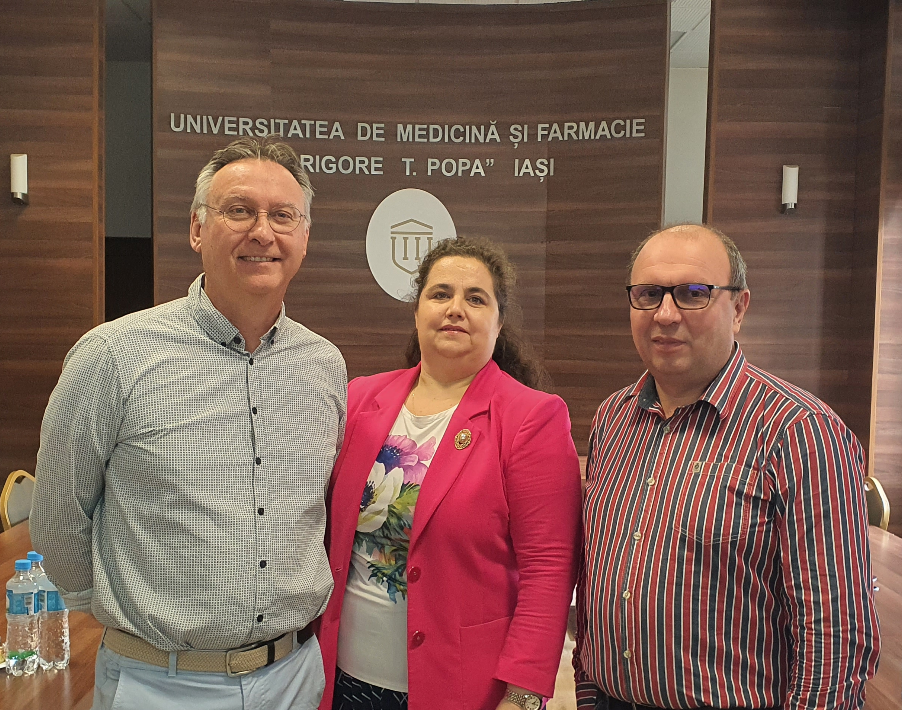
Dr. Tangui Maurice (University of Montpellier, Montpellier, France) visited Prof. Oana Cioanca (Grigore T. Popa University of Medicine and Pharmacy, Lasi, Romania) and Prof. Lucian Hritcu (Alexandru Ioan Cuza University, Lasi, Romania) to discuss a binational collaboration on the Sigma-1 activity of a neuroprotective agent. Photo: Dr. Tangui Maurice.
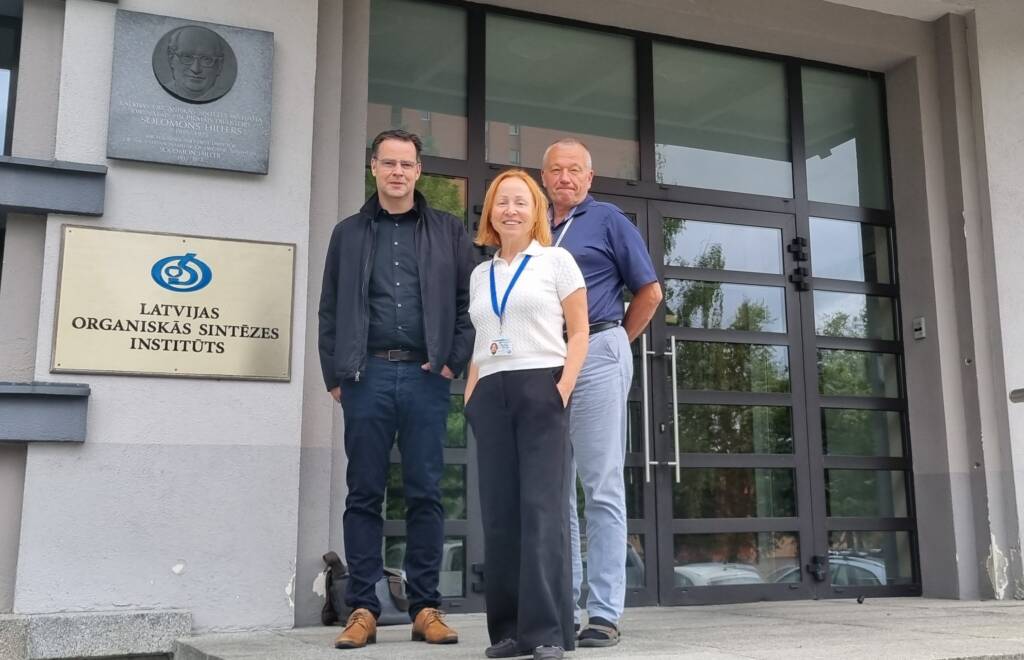
Prof. Michael Decker (Julius Maximilian University of Würzburg, Würzburg, Germany) visited Dr. Liga Zvejniece and Dr. Osvalds Pugovics (Latvian Institute of Organic Syntesis, Riga, Latvia) to discuss possible collaboration on hybrid molecules with dual action and photoactive compounds. More detailed information could be found here. Photo: Dr. Liga Zvejniece.
5. Development of novel compounds for in vivo imaging of Sigma-1 receptor.
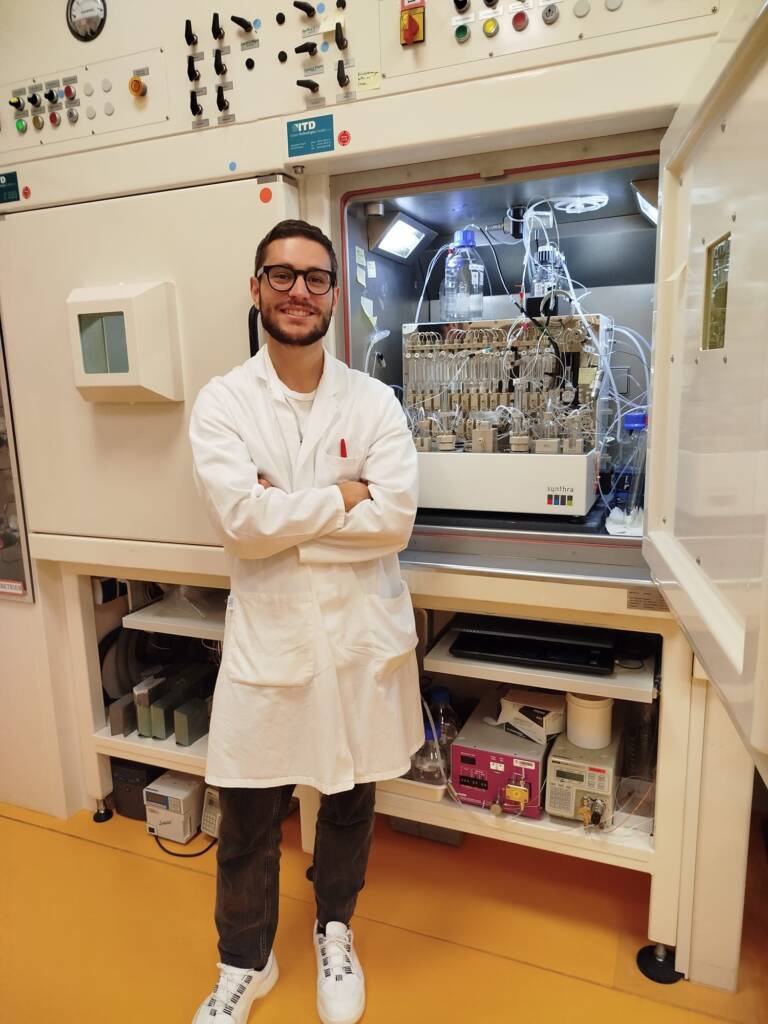
The longest STSMs was awarded to PhD student in Medicinal Chemistry Francesco Mastropasqua (University of Bari Aldo Moro, Bari, Italy). He visited Helmholtz-Zentrum Dresden-Rossendorf (HZDR) in Leipzig, Germany for successful 18F-radiolabeling of a novel Sigma-1 receptor PET tracer under supervision of Dr. Rares Moldovan and Alex Ludwig, contributing to the development of molecular imaging tools for receptor visualization in vivo.
Together, these missions significantly strengthened the Action’s research network, fostered interdisciplinary expertise, and set the foundation for ongoing collaborative studies within the SIGMA-1EUROPE community.
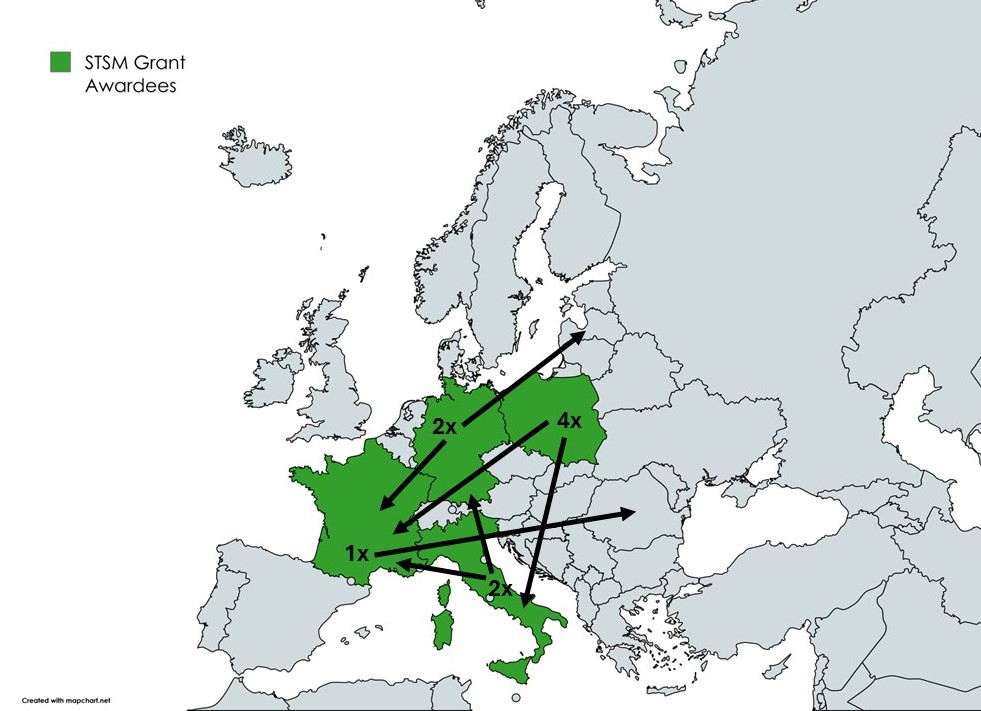
Number of SIGMA-1EUROPE STSM grants. Map created with mapchart.net.

SIGMA-1EUROPE member countries and institutions hosting STSMs. Map created with mapchart.net.

